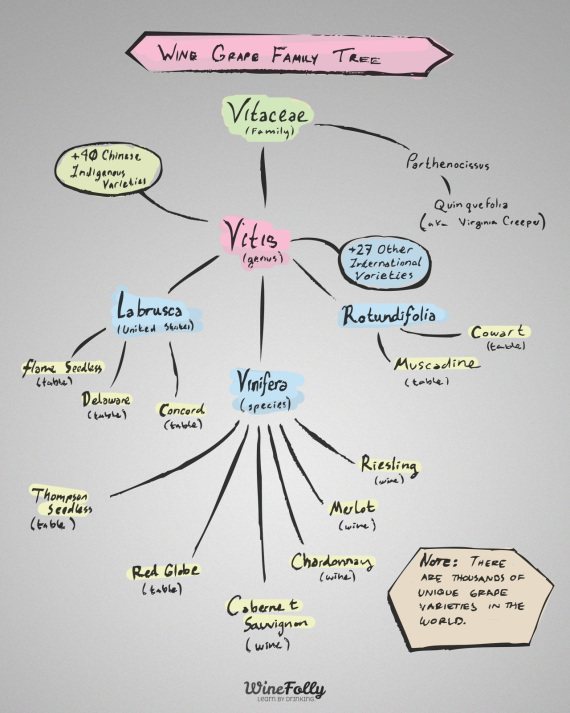
Wine is one of the many beverages we know and love. It’s there for us when we’re happy, when we’re sad, and when we have nowhere else to turn. Over the years, we’ve strengthened our palates and developed a good idea of what’s what in the wine world. And now we want you to have that good idea too. So today, we’re straightening out some popular misconceptions in the name of the vino gods.
What is a punt and why does it matter?
Glad you ask! A punt is the indentation you can find on the bottom of many wine and sparkling wine bottles. There are many theories that explain the presence of punts on certain bottles, but for the sake of brevity, here are the most important and likely ones:
• Stability, especially in sparkling wine bottles. The punt combined with thickened glass around the bottom of the bottle prevents it from shattering upon uncorking.
• Illusion. The skeptics in the world blame this concavity on the winemakers, claiming that they’re trying to make bottles look bigger than they are.
• History. Back when wine bottles were handmade, the punt was necessary in the process, so you could say that it just stuck
These are all likely reasons for the punt to exist. One unlikely reason that you may come across is the claim that the bigger the punt, the higher the quality of the wine. This is wrong. Don’t believe what your hear.
Wine comes in all different grapes and sizes
The most common myth about grapes is that table grapes and wine grapes are one in the same. They. Are. Not. Table grapes are engineered for eating, whereas wine grapes are not. Wine grapes are much smaller, much sweeter, filled with many more seeds, have a higher juice content, and have much thicker skin. While all types of grapes fall under the same genus, Vitis, all wine grapes fall under the same species, Vitis vinifera. This difference is best seen in the way they grow.
Champagne for the pain. And for the myths.
One of our BIGGEST pet peeves is when champagne gets mistaken for Prosecco. Or vice versa. The sparkling wine category is home to wide variety, and we’re here to explain the basics.
• Champagne is the most specific kind of sparkling wine out there. It must be produced in the Champagne region of France, and it must follow very strict guidelines in the process. It is made form 3 different grapes (Pinot Noir, Pinot Meunier, and Chardonnay) and can vary widely in price.
• Prosecco can be made anywhere, but most popularly finds its home in Italy. The fermentation process differs to that of Champagne, where secondary fermentation takes place in steel enamel-covered tanks rather than in the individual bottles. It is made from just one grape (Glera) and is often no more than $15 or $20.
Rosé is not wine having an identity crisis
Our final misconception of the day centers on delicious delicious rosé. Rosé is not white wine and red wine mixed together. Instead, the color of your rosé is determined by the amount of time the wine was mixed with red grape skins. Red wine is sometimes fermented with red grape skins for weeks, whereas rosé are stained after just a few hours. **clouds clear from in front of eyes** Next time you opt for a refreshing glass of the pink stuff, feel comforted to know you’re drinking a wine that is confident in its roots.

